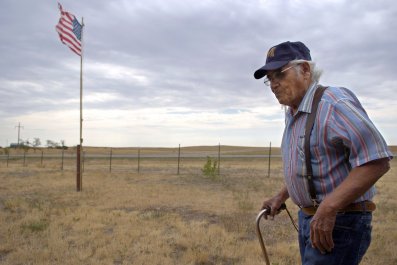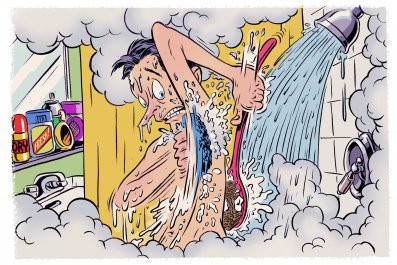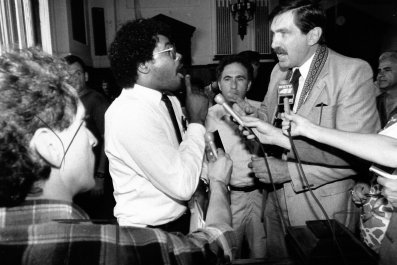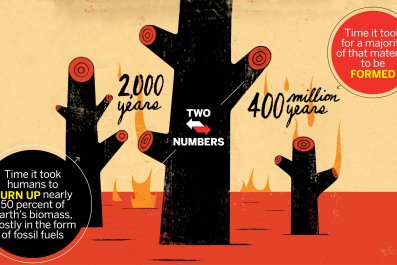You might not know it, but living in a city is like playing air-quality roulette all day long. The air you breathe on your drive to work is different from what you're sucking in while walking to get your midmorning coffee. Air pollution can vary significantly from neighborhood to neighborhood, depending on factors like proximity to parks and trees, the topography of the land and where congestion hot spots are clustered. Then there's the issue of timing: Pollution varies widely throughout the day, according to several factors like weather and human activity. The air you breathe in the morning may be drastically different from the air you breathe at dusk—even if you're sitting in the exact same spot.
But what if you could see a detailed picture of your city's daily air pollution along your route the way you now check the weather? In the not-so-distant future, that might be possible. Last week, Google announced it was partnering with Aclima, a San Francisco–based company that designs environmental sensor networks, to outfit some Google Street View cars with sensors that allow them to track air pollution in real time, while the vehicles go about their business of crisscrossing a city and taking panoramic images for Google Earth. The technology can take in data on several pollutants: nitrogen dioxide, nitric oxide, ozone, carbon monoxide, carbon dioxide, methane, black carbon, particulate matter and volatile organic compounds. Each of these can negatively impact human health from chronic exposure, with threats ranging from asthma and cardiovascular disease to low birth weight, cognitive delays and even heightened suicide risk. The World Health Organization linked air pollution worldwide to 7 million deaths in 2012, which amounts to 1 in 8 people who died that year.
Last year, Aclima and Google Street View went for a test-spin in Denver. The three cars in the pilot program drove around for one month and gathered 150 million data points about Denver's street-level air quality over 750 hours of driving time. The test was deemed a success: The Environmental Protection Agency provided scientific expertise and corroborating data from its own network of stationary air-quality monitors, confirming that the mobile system worked.
"If you're a mother of an asthmatic child, you could plan your day using this kind of information," Karin Tuxen-Bettman, who leads Google Earth's partnership with Aclima, told NPR. "If you're a local government, you could look at this kind of information and say, 'What and where can me make some changes on a small scale to have some good impact?'"
Next, the air-sniffing Street View cars are coming to the Bay Area in California. Air quality there is relatively good compared with, say, smoggy L.A. down the coast. Both Aclima and Google are headquartered in the Bay Area, so the location was chosen for convenience while the program is being fleshed out. But Aclima says it hopes to expand to other cities in the near future.
Rolling out the project to cities where pollution is a matter of daily concern could have a significant impact. Take Vernal, for example, a small Utah town plagued by ozone pollution where the state recently found abnormally high numbers of infant deaths. Some residents suspect that the air pollution is at fault. They cite the area surrounding one intersection in town that sees an exceptionally high degree of truck traffic as being a particular hot spot for risk. The pollution-mapping project could inform speculation with data sets for communities like Vernal, warning the public and helping municipal governments effectively address any problems.
The project is the latest partnership for Google Earth, which teamed with the Environmental Defense Fund last year to use its Street View cars to detect methane pollution leaking from underground pipes in Boston, Indianapolis and Staten Island, New York.





















